In the AI era, data has become the crucial differentiating factor for intelligent vehicles, enabling advanced driver assistance systems (ADAS) to make smarter, human-like decisions, thus propelling competition in this sector to the next level. Elon Musk once stated that when the training dataset reaches 10 million clips, the system's performance becomes incredible. Several brands have surpassed this training volume, including three SUVs featured in this issue of 'Super Unboxing': the Zhijie R7 equipped with Huawei's QianKun ADS 3.3.2 ADAS, the Xiaomi YU7 which launched an end-to-end ADAS with 10 million clips, and the Tesla Model Y, which features Full Self-Driving (FSD) and actively invites comparisons with competitors. How human-like is the performance of these high-training-volume ADAS systems? Which is stronger: domestic brands' ADAS or overseas FSD? How do the latest versions of Huawei's and Xiaomi's ADAS perform? We conducted tests on these three vehicles in urban navigation and active safety, including high-difficulty scenarios that can reveal significant differences. As only the older Tesla models can currently activate FSD, we used the older Model Y for the urban navigation test and the new Model Y for the active safety test.
The urban navigation test was conducted in Suzhou over a distance of more than 70 km, covering various road conditions including main urban roads, narrow one-way streets with mixed traffic, and rural roads. The ability to navigate through intersections directly impacts the accuracy of the navigation route, so we selected seven representative intersections to observe the performance of the three vehicles. The most challenging intersection required a right turn onto a downhill slope through an archway without any signage, which caused some confusion among the passengers. The Xiaomi YU7 went straight and missed the turn, while the Tesla Model Y recognized the intersection but was uncertain and chose to continue straight. We speculate that the architecture of the archway may have confused the Tesla, as noted on Tesla's official website, which mentions that the adaptive cruise control may misjudge distances on inclines. Thus, the slope may have influenced Tesla's judgment, leading it to seek alternative exits when encountering obstacles like a closed road.
In contrast, the Zhijie R7 handled the downhill turn expertly, signaling in advance and making the turn smoothly. This is partly due to its hardware advantages, as the Zhijie R7 uses a 192-line LiDAR with a detection range of 250 meters, capable of low-latency 3D mapping of sloped road surfaces. Additionally, Huawei's ADS solution has been optimized for inclined roads, and the Zhijie R7 features intelligent downhill cruise that not only recognizes slopes but also automatically controls speed, adjusting the suspension for greater stability downhill.
In a dedicated lane right-turn scenario, we observed differences between Western and Chinese ADAS. Both the Zhijie R7 and Xiaomi YU7 executed the right turn easily, while the Tesla Model Y struggled with its strategy for non-motor vehicle lanes, attempting to squeeze into a narrow non-motor vehicle lane after entering the right-turn lane. This may be due to a lack of optimization for such scenarios, as they may not have encountered them in their overseas operations.
From a functional coverage perspective, the Zhijie R7, Xiaomi YU7, and Tesla Model Y all exhibit strong adaptability to various road conditions, including narrow gravel roads, lane-less commercial areas, and remote rural locations, where they can all activate their functions. Now, looking at how these three vehicles handle various obstacles on the road: their basic ability to navigate around pedestrians, non-motor vehicles, and parked cars is decent, but their performance in high-density obstacle zones varies significantly. The Tesla Model Y has strong overall perception capabilities but seems somewhat 'nearsighted'. For instance, it almost collided with a vegetable cart while trying to navigate around it because it did not maintain sufficient distance when approaching. While it performs excellently in open areas, it tends to stall when near pedestrians, which has been a consistent feature of Tesla's FSD system. This approach works well in the U.S., where it often encourages surrounding people to move quickly away, but in China, where pedestrian traffic is denser and mixed, Tesla struggles.
The Zhijie R7 demonstrates a more mature performance, navigating slowly through crowds. The Xiaomi YU7's sensitivity is intermediate; it shows proactive avoidance but can stall or demand manual driving when faced with faster oncoming traffic. All three vehicles are capable of changing lanes to avoid traffic cones and are quite agile. When not using the navigation assistance, how much safety can these three vehicles' active safety systems provide? We conducted tests in a professional closed testing area, simulating five high-frequency risk scenarios. The initial test speed for the first four scenarios with stationary water barriers was set at 35 km/h, with a maximum testing speed of 125 km/h. The last scenario of encountering a stationary vehicle tail was tested at a starting speed of 80 km/h, with a maximum of 120 km/h.
In the first stationary water barrier scenario, we faced a significant loss with the Tesla, which failed to respond to the water barrier with its AEB (Automatic Emergency Braking) feature. However, its pedestrian protection device is very sensitive; if activated, all related components must be replaced, leading to expensive repair costs. We urge Tesla to optimize the pedestrian protection device to reduce repair costs. In subsequent AEB tests, we used a new Model Y, but due to the limitations of the pedestrian protection device, testers had to rely on manual avoidance to prevent failure in AEB, so all data should be interpreted with caution. Both the Xiaomi YU7 and Tesla Model Y's AEB did not respond to the stationary water barrier. However, the Zhijie R7 managed to stop reliably at 125 km/h. In low-speed scenarios, it chose to trigger AEB later, but as speed increased, the trigger point advanced, indicating a reasonable decision-making logic based on speed and necessary braking distance.
The daytime adult crossing scenario has been included in the latest national standards, expected to be implemented by 2028. The Tesla showed late braking at 35 km/h, similar to the manual avoidance point determined by the driver. The Xiaomi YU7 and Zhijie R7 both successfully avoided obstacles at higher speeds, with the Zhijie R7 stopping at 125 km/h.
In the daytime non-motor vehicle crossing scenario, reflective of certain domestic traffic characteristics, the Tesla Model Y and Xiaomi YU7 issued warnings but could not stop to avoid collisions. The Zhijie R7 was able to issue warnings and stop at 105 km/h, and at 115 km/h, although it issued a warning and braked, the braking force was insufficient, resulting in a collision.
The nighttime child popping out scenario is the most challenging project, where a child emerges at 5 km/h from behind an obstacle vehicle, with a 50% collision point and extremely bright oncoming lights, making it difficult for drivers to react. Under such conditions, the Tesla failed to brake in time to avoid a collision. The Xiaomi YU7 and Zhijie R7 managed to stop and avoid the obstacle at speeds of 55 km/h and 65 km/h, respectively, which is commendable given the low visibility, as drivers typically slow down in such environments.
In the scenario of a vehicle cutting out in front of a stationary vehicle, the reaction time for the test vehicle is minimal. The Xiaomi YU7 issued a warning and stopped at 80 km/h but released the brakes afterward, so drivers should remember to brake manually to avoid rear-end collisions. At 100 km/h, the Xiaomi YU7 also reacted but could not stop. The Tesla Model Y issued a warning and stopped at 80 km/h, providing more reassuring braking distance. At 100 km/h, it had a warning but braked too late, prompting manual avoidance by the driver. The Zhijie R7 triggered AEB to stop at both 80 km/h and 100 km/h. At 120 km/h, the system predicted insufficient distance to stop, triggering the eAES (Enhanced Automatic Emergency Steering) to assist in avoiding obstacles. We also tested at 130 km/h, which also activated eAES for safety maneuvering.
Overall, in the active safety segment, the Zhijie R7 maintained Huawei's high standards at high speeds, while the Xiaomi YU7 showed significant improvements after its upgrade, and Tesla has yet to enhance its AEB functionality. In conclusion, big data is rapidly increasing the usability of urban navigation assistance, enabling systems to handle most road segments and assist in reducing driver fatigue. However, risks can arise in an instant, and while navigation assistance or AEB can provide 'human-machine dual insurance' safety redundancy, there are situations that cannot be managed by these systems, and drivers must remain focused on driving, using the ADAS value wisely. After watching this video, which vehicle's performance impressed you the most: the Zhijie R7, Xiaomi YU7, or Tesla Model Y? Did the upgrades in the latest versions of Zhijie R7 and Xiaomi YU7 exceed your expectations? We look forward to your answers in the comments section.
AI Era: Data Becomes Key Differentiator for Intelligent Driving Systems
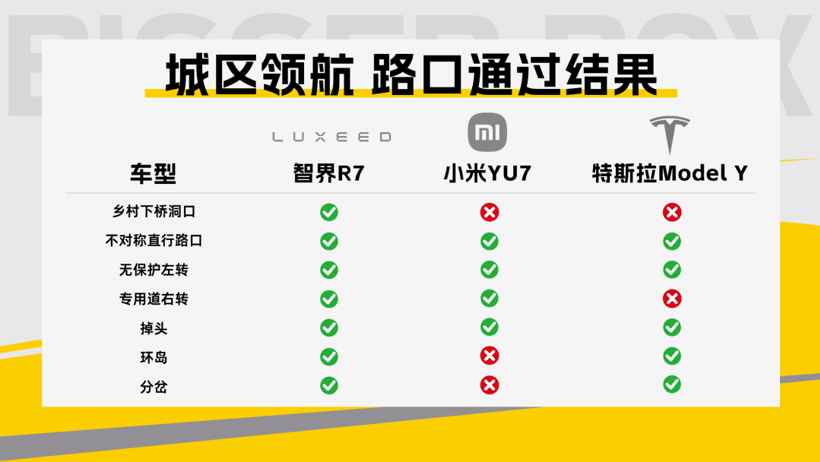
Images
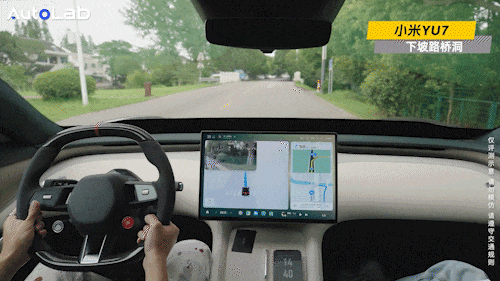

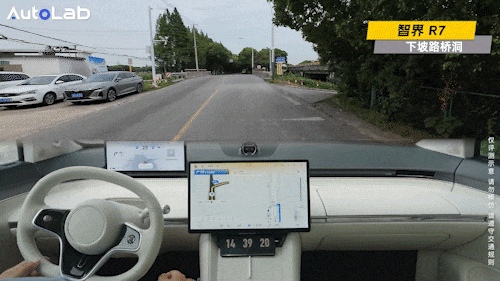
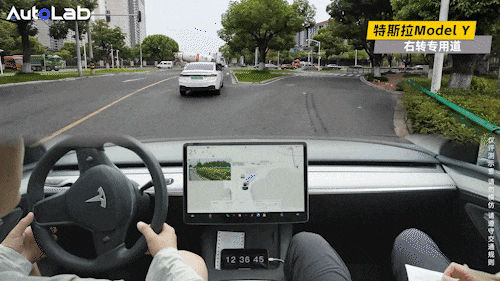
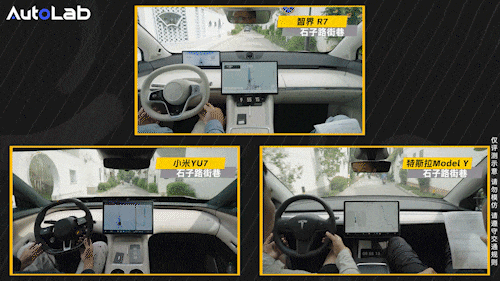
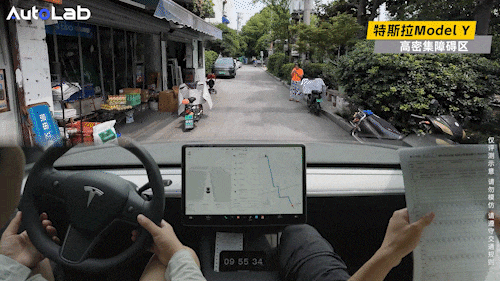
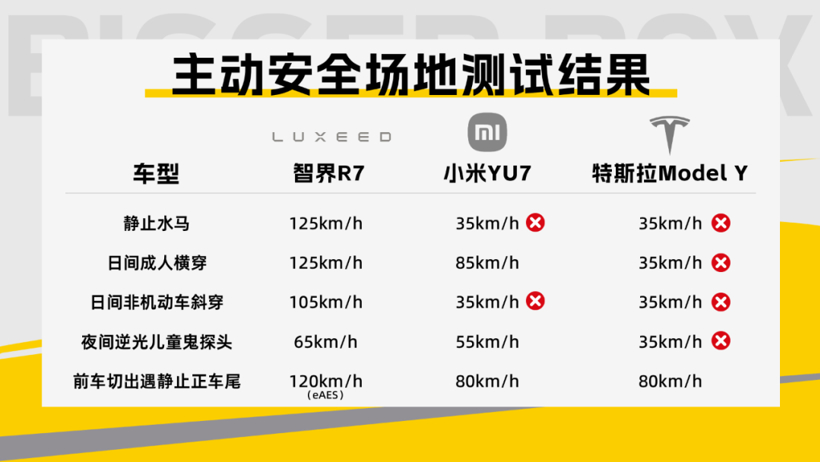
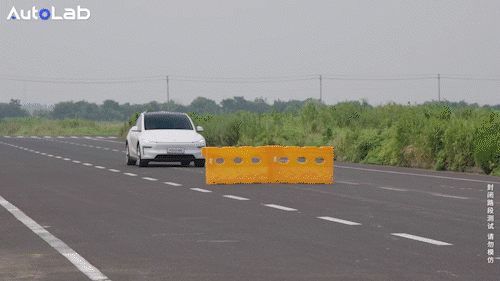
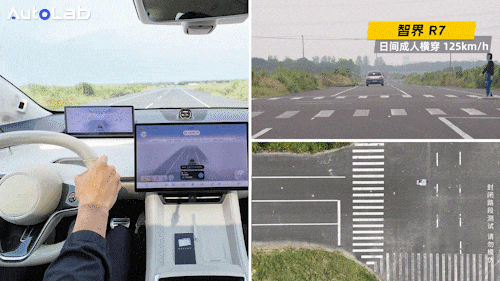
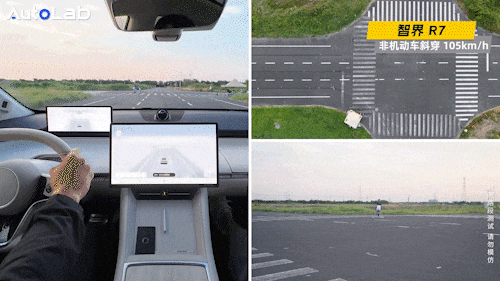
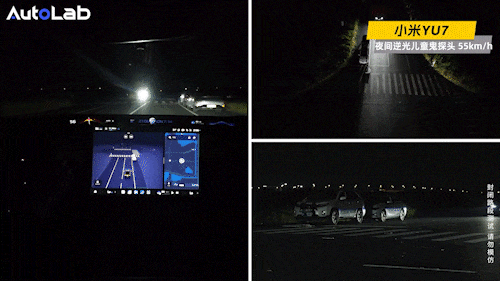
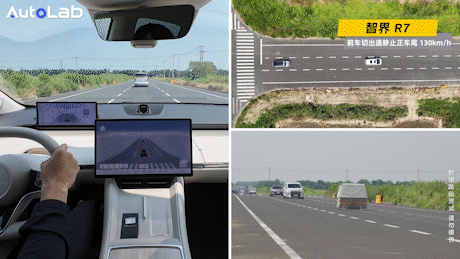
Share this post on: